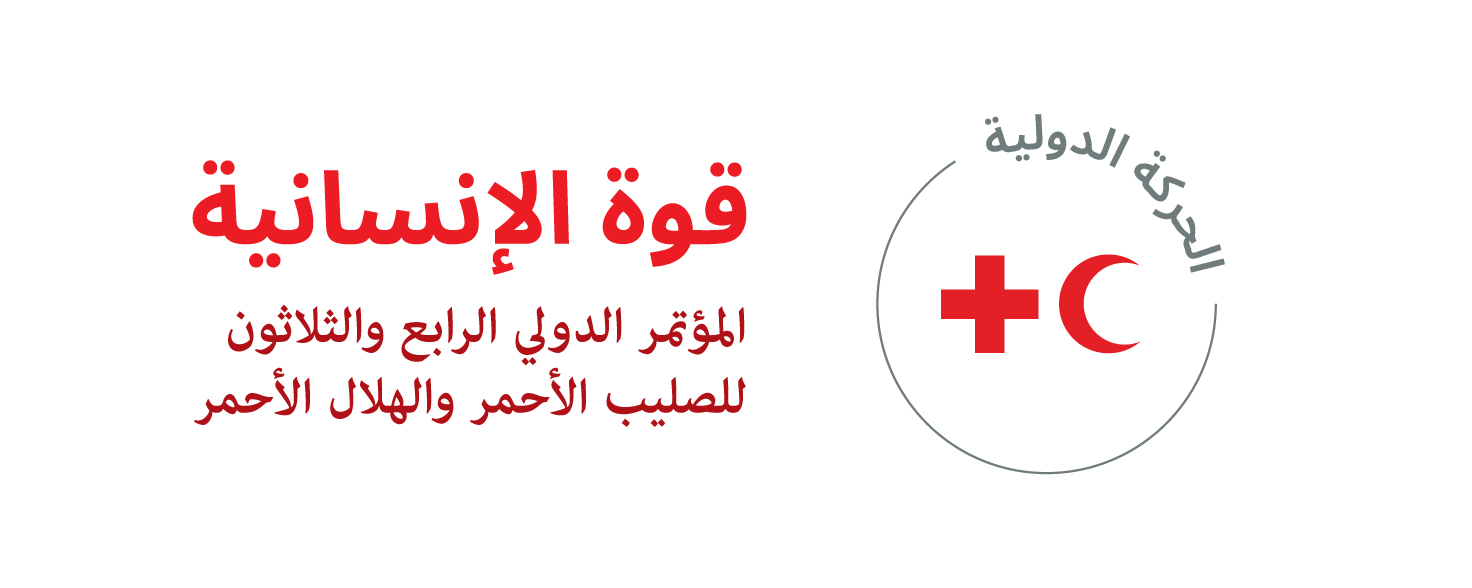أ) أهداف التعهد
Due to the complex mountainous terrain and climate, Georgia is subject to both geological and hydrometeorological natural hazards including landslides, mudflows, erosion, avalanches, floods and flash floods, drought, and strong winds. There is evidence that the frequency of these climate-induced disasters and associated damages have been increasing over the past decades.
To date, in Georgia, hydro-meteorological hazard risk management has been dealt with in an ad hoc and reactive manner, relying on measures such as hard structural protection measures which are expensive to build, provide limited standard of protection and have a limited service life; emergency response once a disaster unfolds, with limited reliance on forecast of the event or satisfactory prior warning of the population, and with limited centralised resources; and post event compensation to victims, including medium and long-term relocation out of the hazardous areas (so called eco- migration), and post event recovery and disaster risk reduction.
Objective of the pledge is to reduce vulnerability through expanding hydro-meteorological observation network and modelling capacities, secure reliable information on climate-induced hazards, vulnerability and risks.
ب) خطة العمل:
To fulfill this pledge, Georgia aims to undertake following actions:
– Expand the hydrometeorological network
– Create risk zones based on hazard and risk maps for all (11) major basins in Georgia and hazard and risk maps for key climate-induced hazards (floods, landslides, mudflows, avalanches, hailstorms and droughts).
– Develop a centralized multi-hazard risk information and knowledge system
ج) مؤشرات قياس التقدم المحرز
– Increased hydrometeorological network
– Number of hazard risk maps for key climate-induced hazards (floods, landslides, mudflows, avalanches, hailstorms and droughts).
– Developed multi-hazard risk information and knowledge system
د) الآثار المترتبة على الموارد:
Resources for the implementation of the above activities will be provided from the state budget as well as by donor organizations.




